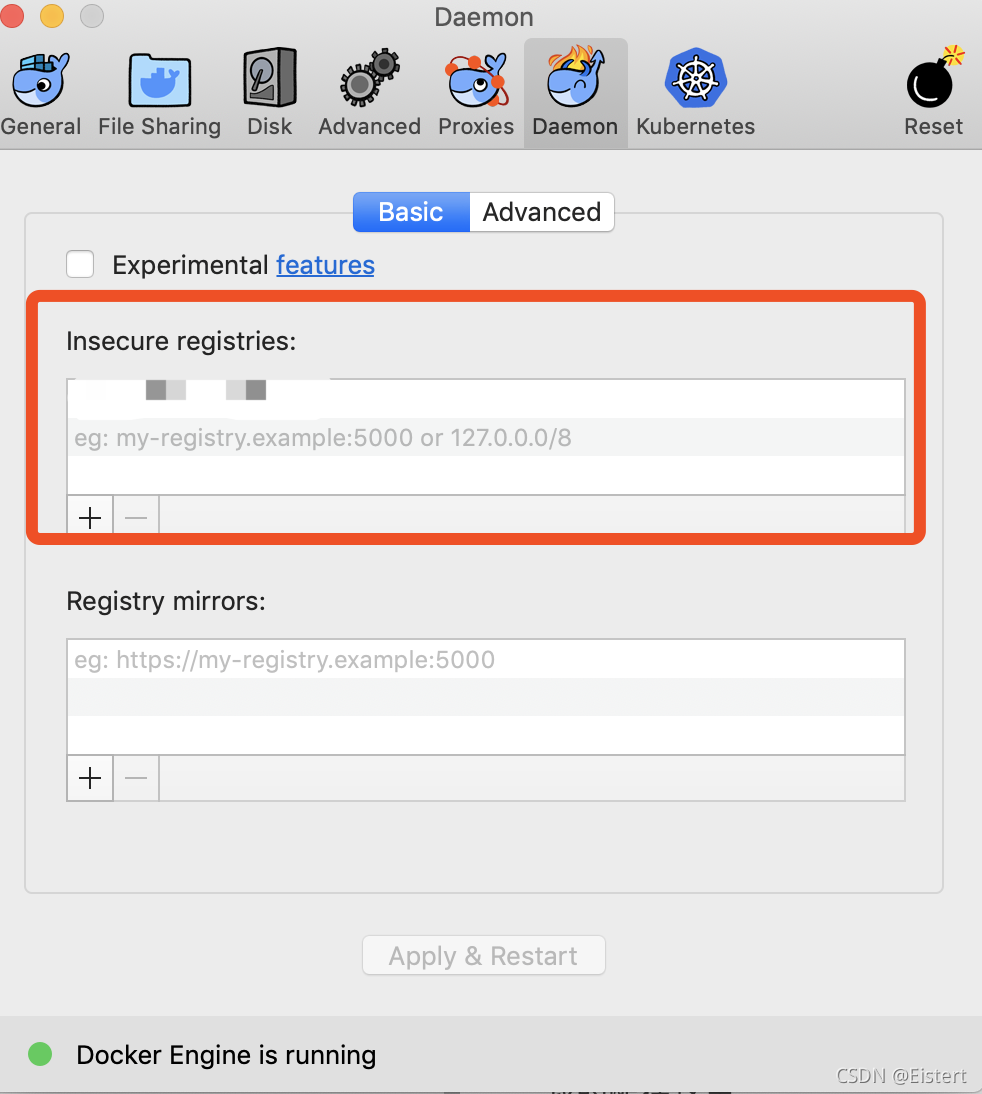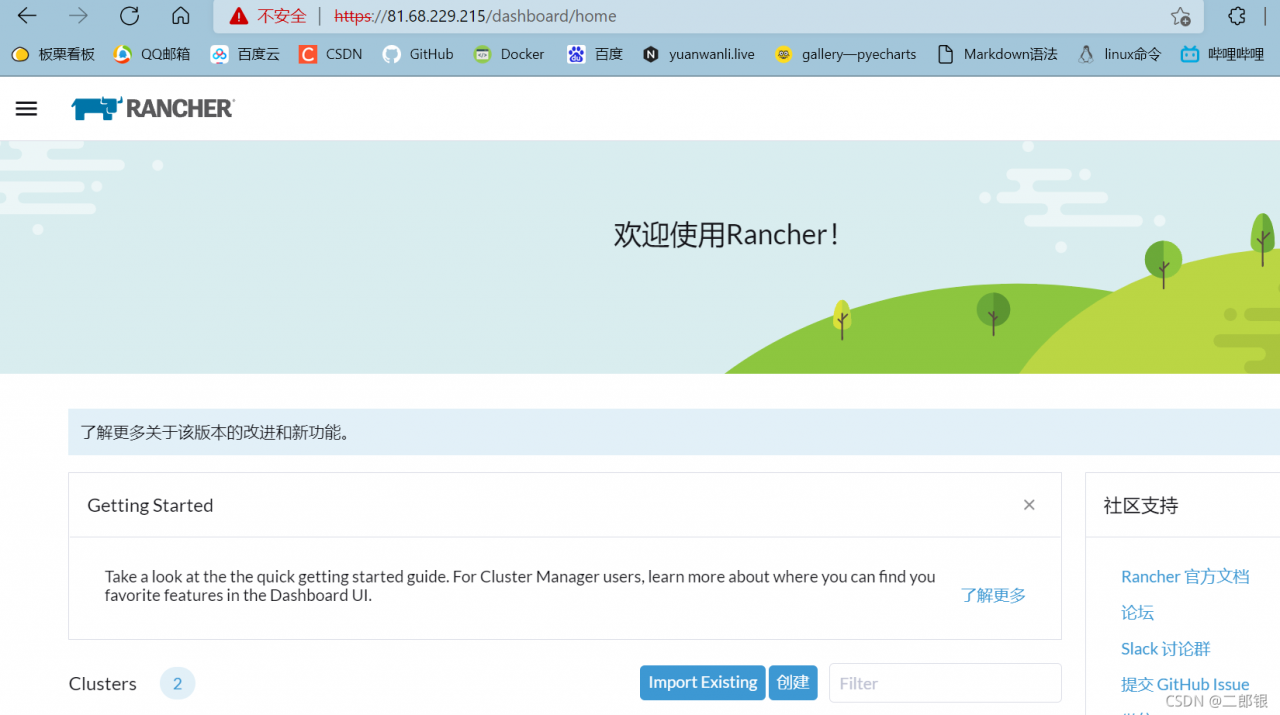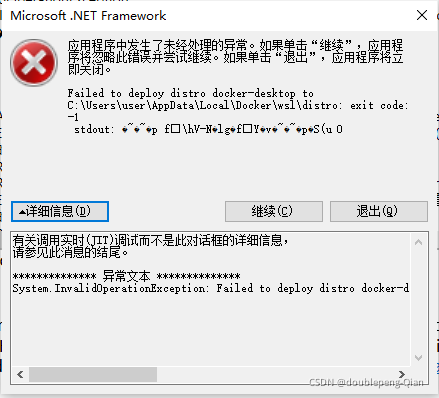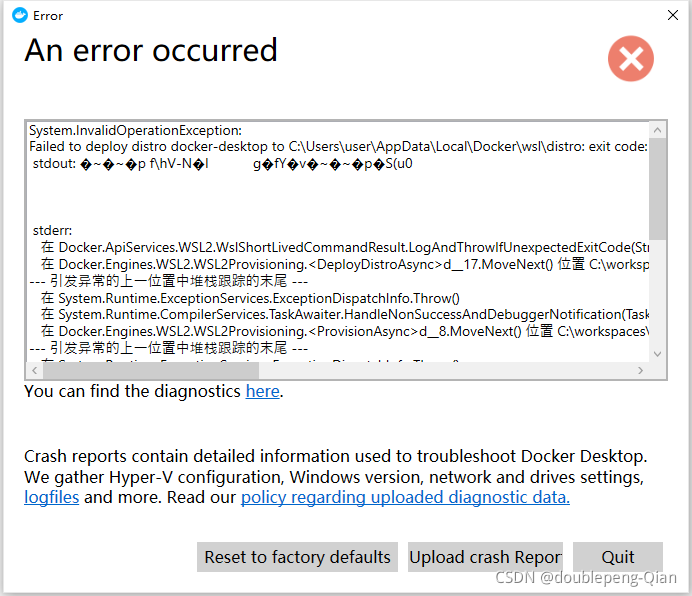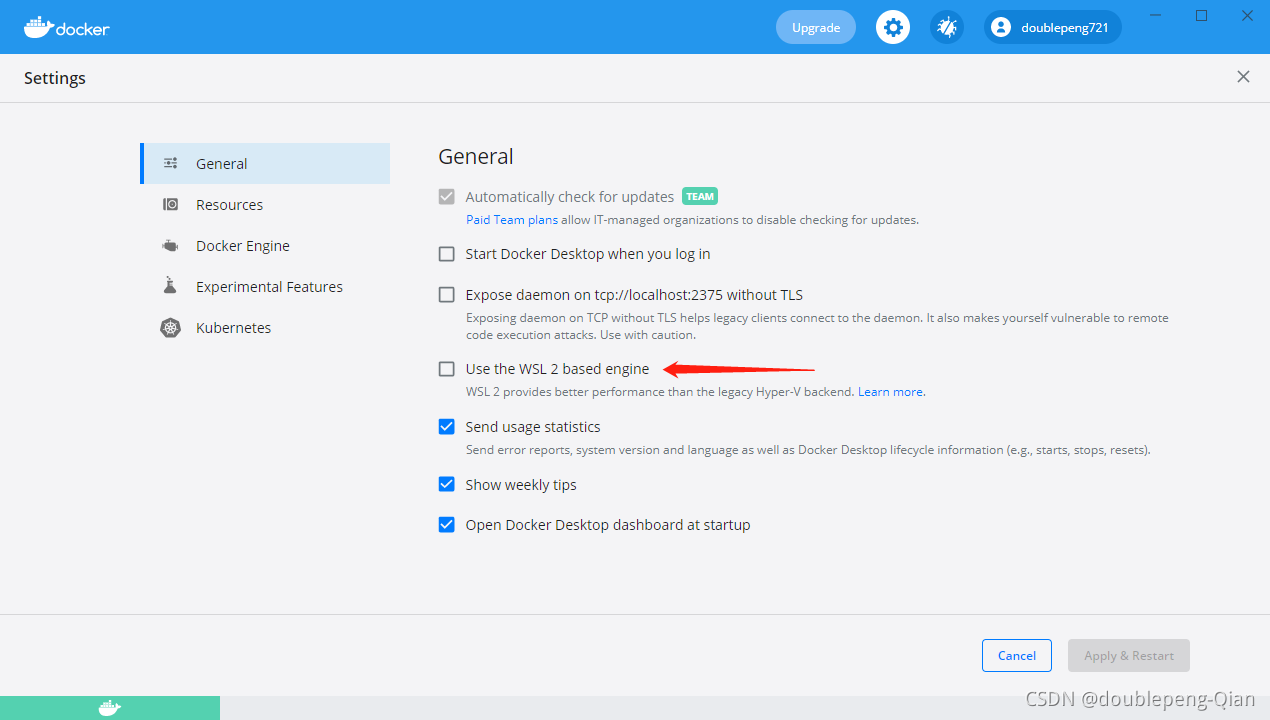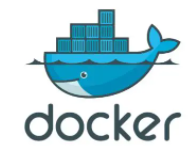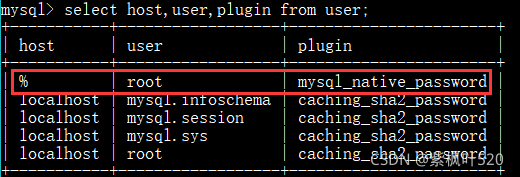Look at the error first:

The mistake is like the above. At first, I thought my command was wrong or something else, but later I found it was not
But it’s still troubleshooting one by one.
first, the command to create a MySQL container:
docker create – P 3306:3306 — name of the container – e mysql_ ROOT_ Password = database password MySQL version:
After creation, enter the command: docker PS – a
to view all containers

Then you can see the MySQL you just named
Start command:
docker start container ID
Then an error will be reported. If an error is reported, please see the following:
Problem solving:
The first is to restart the docker. It is useless for me to restart anyway. The restart command:
systemctl restart docker
it is also possible that you will be OK after restarting
The second is to view all containers through the docker PS – a command. If you have created MySQL before, when you create a MySQL container again, you need to change an external port, not 3306. Ensure that the port and name are different from the MySQL container created before
You can also use the previous MySQL container and start it directly through the docker start container ID

 Delete and reinstall the specified other version:
Delete and reinstall the specified other version:

